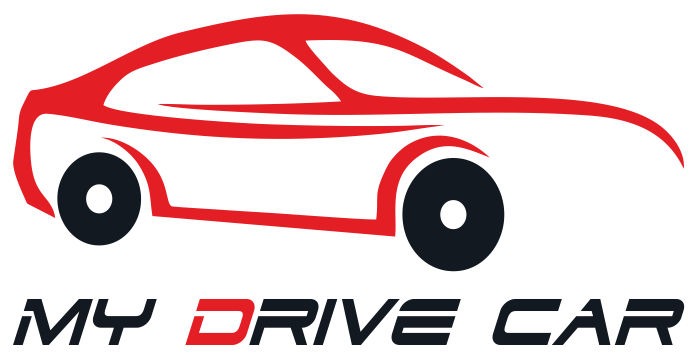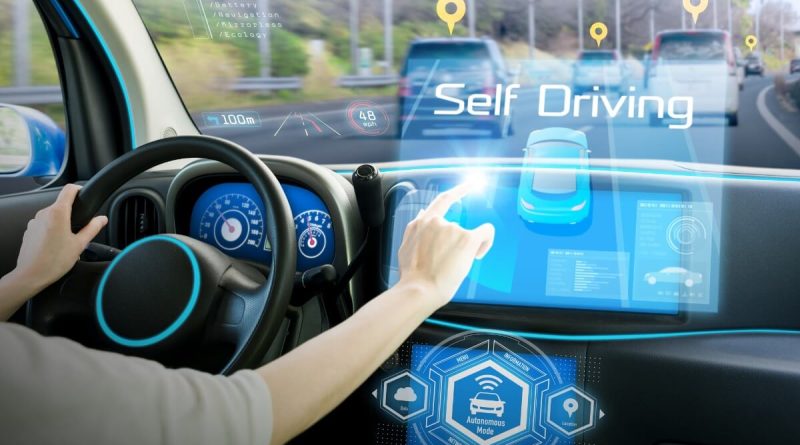The Future of Transportation: Self-Driving Cars
Over the past few years, self-driving cars have been transformed, how modern technology is changing the terrain in automotive headlines. These self-driving machines – those that can drive and carry goods without any human control- are expected to revolutionize our transportation landscape, and decrease the number of traffic fatalities in cities around the globe significantly, So, as we are on the verge of this tech revolution – let us deep dive further into the self-driving cars explaining each and everything about what a driverless car is all about along with their advantages, challenges and road to come.
The Evolution of Self-Driving Technology
The idea of self-driving cars first started to become a reality in the mid-20th century with early experiments. But it took until the early 2000s for technology to catch up, and those advances – largely driven by artificial intelligence, machine learning (a field within AI) as well as sensors of all kinds – made a difference. In one of the most iconic moments, companies such as Google (now Waymo) developed an autonomous driving system and proved that self-driving cars could operate on public roads in traffic.
Several key components make up self-driving technology, which are: sensor actuators Complex algorithms AI and machine learning-based systems Power processors LIDAR (Light Detection and Ranging), radar, cameras, and other types of sensors that capture data from the vehicle’s environment. AI algorithms process this data to make steering, acceleration & braking decisions and route planning in real-time.
Benefits of Self-Driving Cars
1. Safety Improvements: Safety Improvements Self-driving cars have the potential to greatly reduce traffic accidents because they will remove many forms of human error that cause them. Every year, more than 1.35 million people die as a result of road traffic crashes.- World Health Organization Vehicle automation: AVs can eliminate car accidents almost altogether since they are controlled by advanced sensors and AI (they completely remove human errors like distracted driving, speed limits, or drunk drivers from the equation).
2. Enhanced Mobility: Self-driving cars do provide enhanced mobility to individuals who cannot drive, which includes the elderly and disabled. These types of people could benefit from autonomous vehicles by offering them door-to-door transportation and thus improving their means to get around, leading to happier lives.
3. Traffic Efficiency: As autonomous vehicles can communicate with each other & the traffic infrastructure they will work together to manage an influx of cars and make sure traffic keeps flowing smoothly, resulting in minimal travel time. All that can translate into less congestion and more efficient use of roadway space.
4. Environmental impact savings on fuel and lower greenhouse gas emissions by optimizing driving patterns using self-driving cars to eliminate unnecessary acceleration and braking. Furthermore, joining electric autonomous vehicles will add to the inventory of environmental advantages.
5. Economic Opportunities: The advent of self-driving vehicles can lead to many new economic opportunities in areas like technology, automotive manufacturing, logistics, and transportation services. We also see new types of business models, like ride-hailing services and autonomous delivery systems.
Challenges and Concerns
Although the benefits may be significant, many issues and controversies need attention before self-driving cars can go mainstream.
1. Technical Challenges: The development of a fully autonomous vehicle that can operate in all driving situations, e.g.; adverse weather conditions (rain and snow) or confined urban areas is an important technical challenge. These systems have to be tested and validated in great detail, which complicates their development.
2. Regulatory and Legal Concerns: Many regulatory issues with the deployment of self-driving cars are apparent. Protecting rights, the implementation of safety devices, and measures in accidents and damage or future traffic laws will surely bother any government.
3. Public Buy-In: Whoever can get people to use these cars will have a significant advantage, and making self-driving auto-pilot systems that we trust is how they are going to achieve adoption across the country. There are still plenty of people out there who have their reservations about how safe and reliable self-driving cars can be. Projects to educate the public and show real-life uses – it’s like that will be an absolute necessity.
4. Ethical Considerations: Self-driving cars would have to be programmed to make ethical choices in difficult situations, like when presented with two harmful options. The draft suggests that setting ethical guidelines and transparency for decision-making is essential.
5. Economic Disruption: A broad, mainstream adoption of self-driving cars may have an unpleasant domino effect on a multitude of sectors from transportation to traditional driving jobs. This puts downward pressure on real wages, and policymakers must think carefully about how this could affect workers AND what they can do to help address workforce transition.
The Road Ahead
We are still in the dawn of fully autonomous cars but much faster progress happens. Tesla, Waymo, Uber, and other self-driving tech companies – along with the automakers themselves. Some test fleets and pilot programs are already operating in a variety of cities, compiling the data needed to fine-tune them.
Also moving this self-driving technology outside the realm of urban transport there are now autonomous tractors that have been rolled out in the agricultural sector. The autonomous tractors just have to dib, dap, and Dop their work (i.e. they burrow into the ground using a welded rail spike or some other method) -plowing, planting, and harvesting automatically without as much man-power needed which not only increases yield and cuts down on labor cost but it will greatly reduce inefficiency in farming today.
Self-driving cars will be incorporated into our lives over time and in stages. What it might look like is self-driving cars navigating within specific boundaries (highways, supervised city zones) to start with. In the future, as technology advances and rules are set up to manage this new form of travel more sophisticated driving conditions will be added.
The future of transportation is undoubtedly cool, with self-driving cars that have the potential to transform our way of life and how we live. But that pursuit makes sense, because of the improvements in safety, efficiency, and access they can bring about. But as we work through the continuation of this transformation, a symbiotic relationship between technology developers and policy-makers is critical for making another step in that journey towards full automation.



